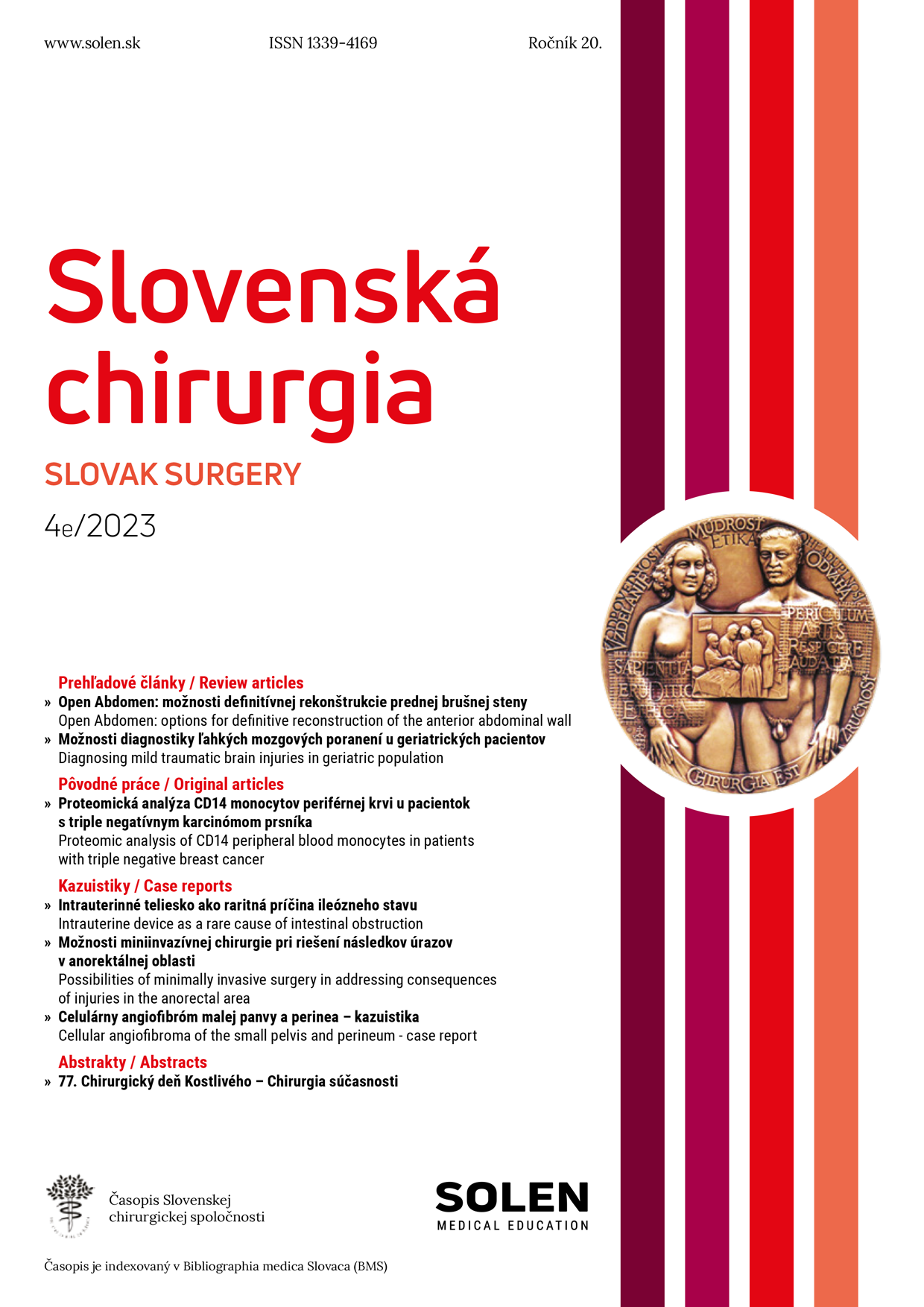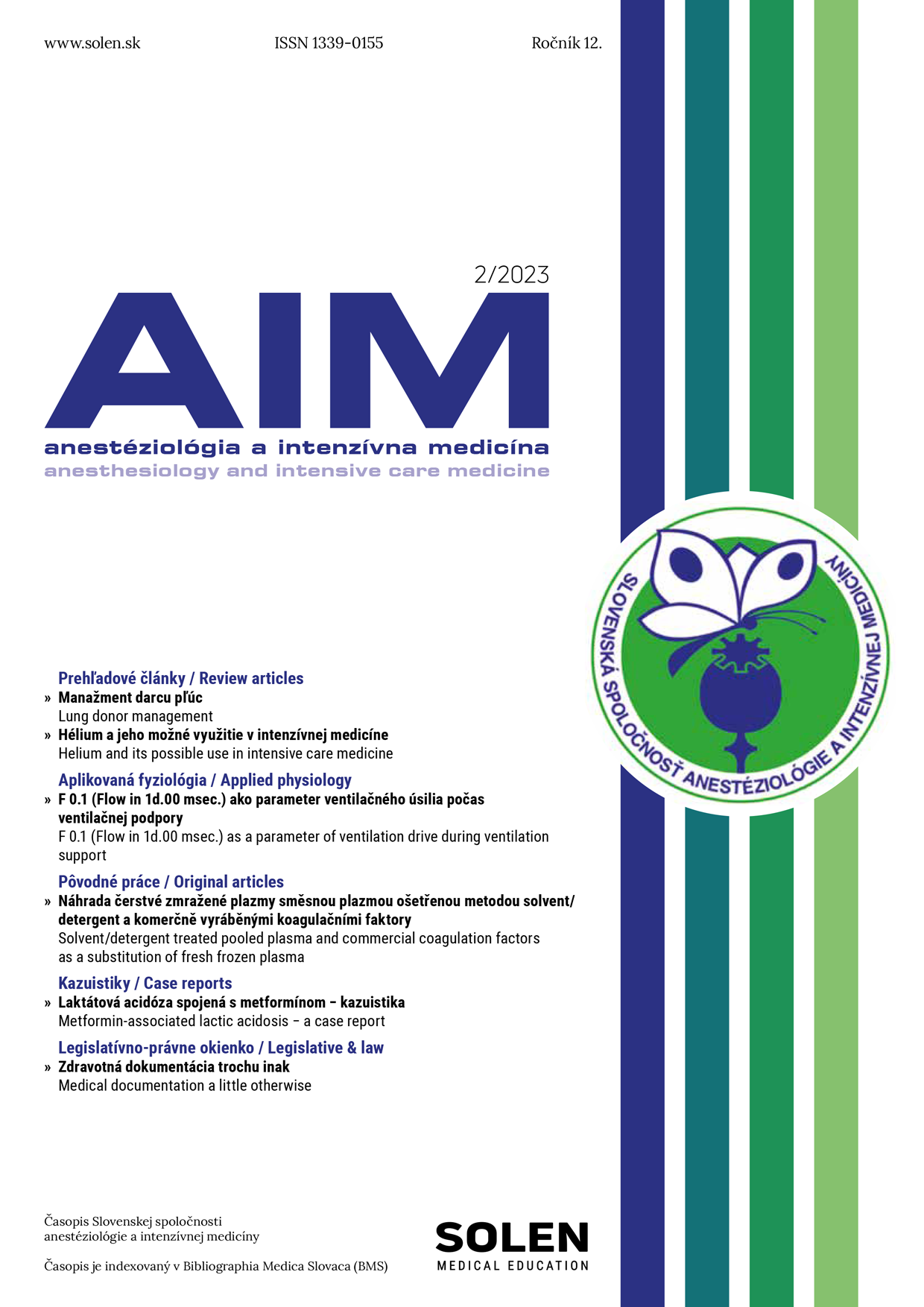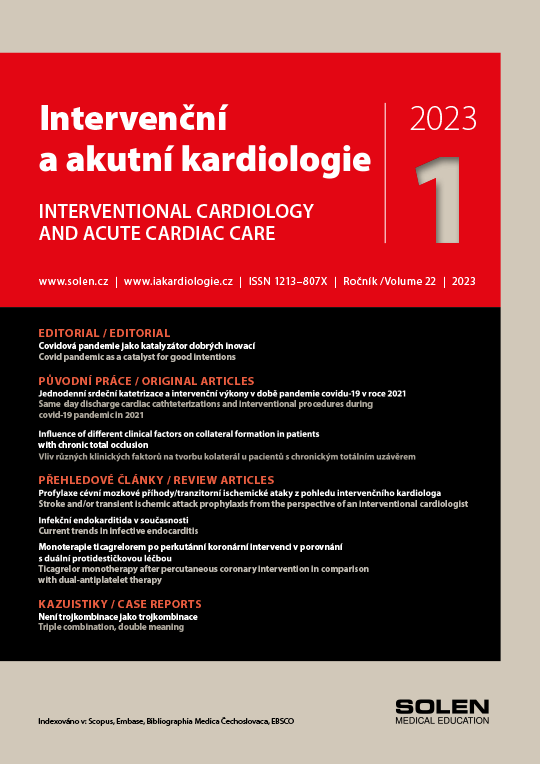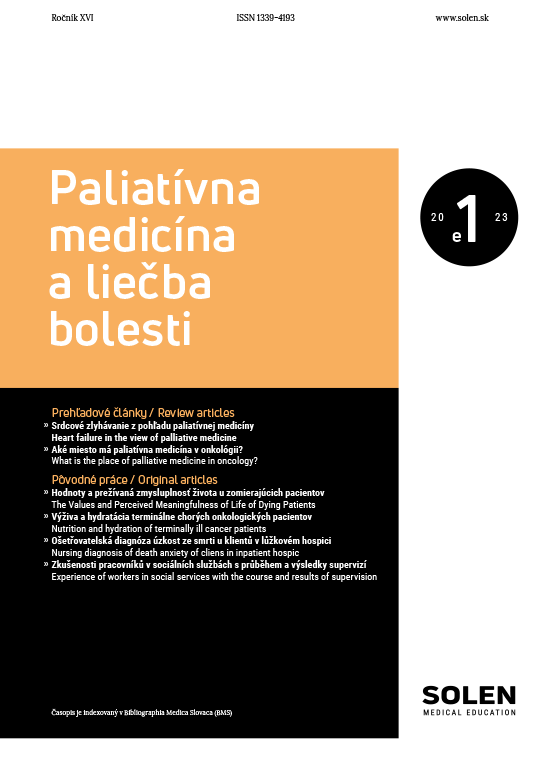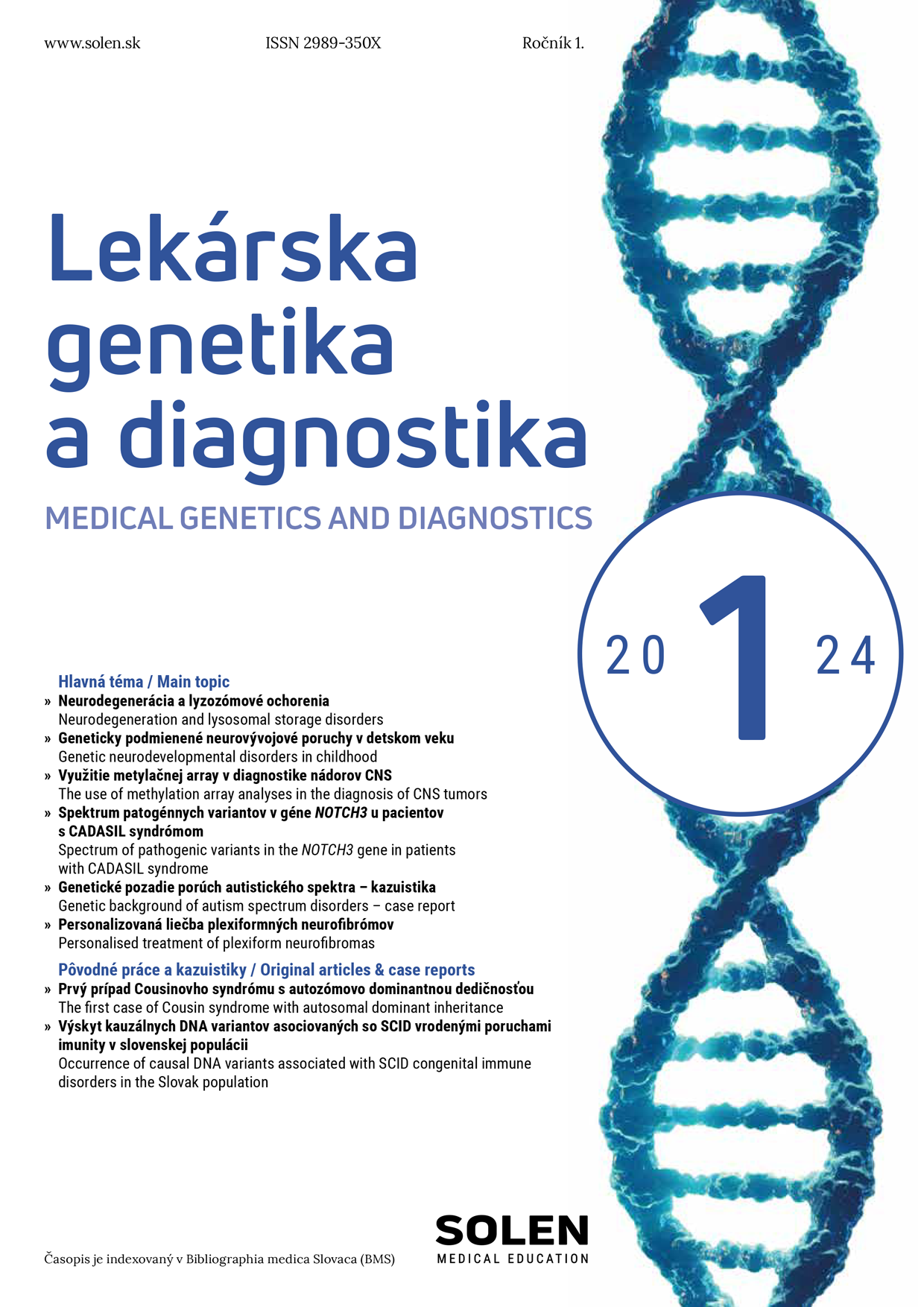Onkológia 1/2014
Sorafenib a hepatocelulárny karcinóm
MUDr. Iveta Andrezálová Vochyanová
Multikinázový inhibítor sorafenib sa považuje za štandardnú systémovú liečbu hepatocelulárneho karcinómu (HCC), pre pacientov s dobre zachovanou funkciou pečene (Child-Pugh A) a pokročilé štádium HCC. Najčastejšími nežiaducimi účinkami sú kožná toxicita, syndróm ruka-noha, únava a hnačka. Cirhóza a jej komplikácie môžu negatívne ovplyvniť tolerabilitu a účinnosť sorafenibu. Tento prehľad poskytuje najdôležitejšie klinické údaje o účinnosti a bezpečnosti sorafenibu u pacientov s hepatocelulárnym karcinómom.
Kľúčové slová: sorafenib, hepatocelulárny karcinóm, nežiaduce účinky, cirhóza, klinické údaje.
Sorafenib and hepatocellular carcinoma
Multikinase inhibitor sorafenib is considered the standard systematic therapy for hepatocellular carcinoma (HCC), in patients with well-preserved liver function (Child-Pugh A) and advanced-stage HCC. The most freguent sorafenib associated advanced events are skin toxicity, hand foot syndrom, fatigue and diarrhea. The cirrhosis and its complications can negatively affect the tolerability and the efficacy of sorafenib. This review provides the most relevant clinical data about the efficacy and the safety of sorafenib in patients with hepatocellular carcinoma.
Keywords: sorafenib, hepatocellular carcinoma, advanced events, cirrhosis, clinical data.


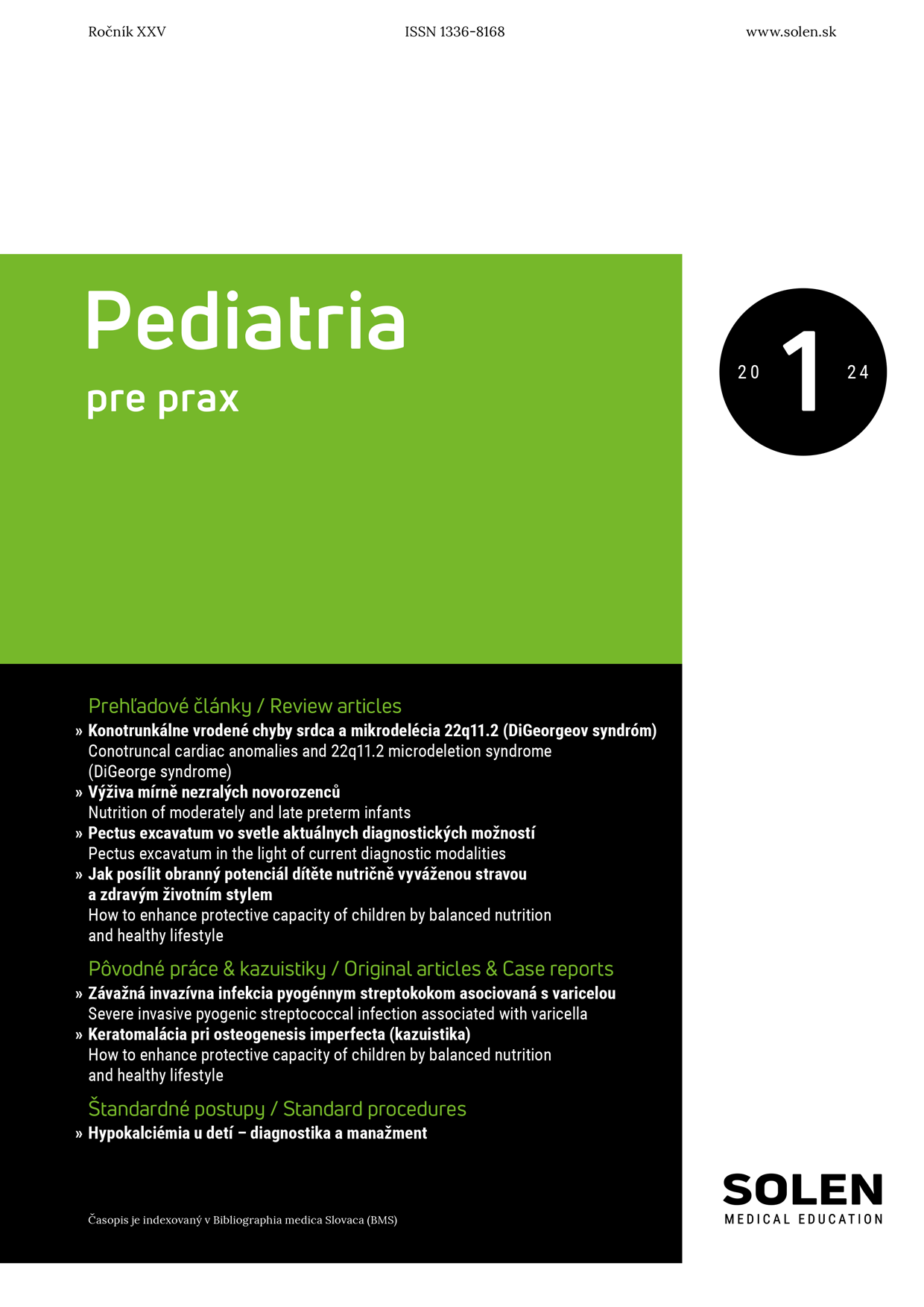
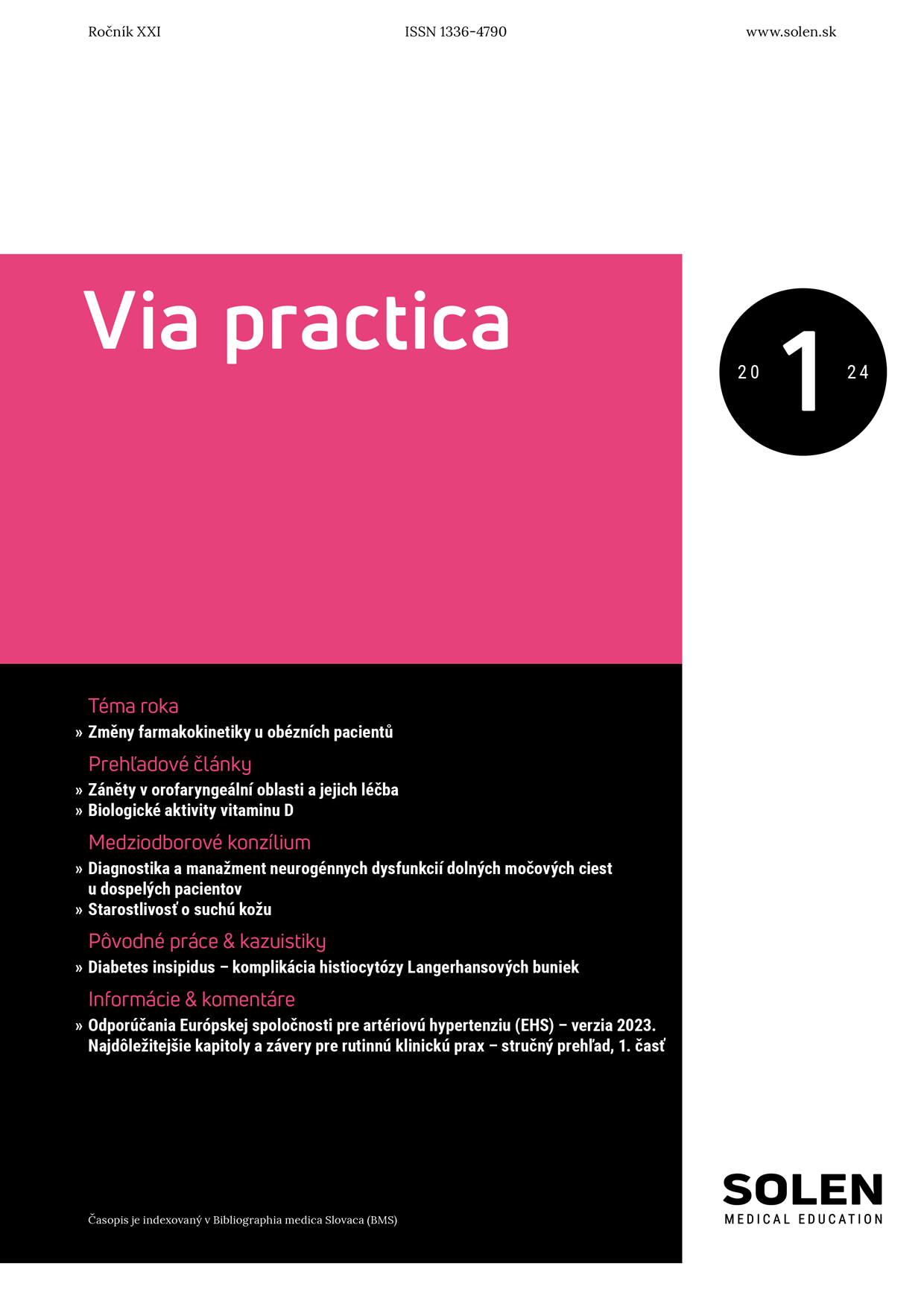
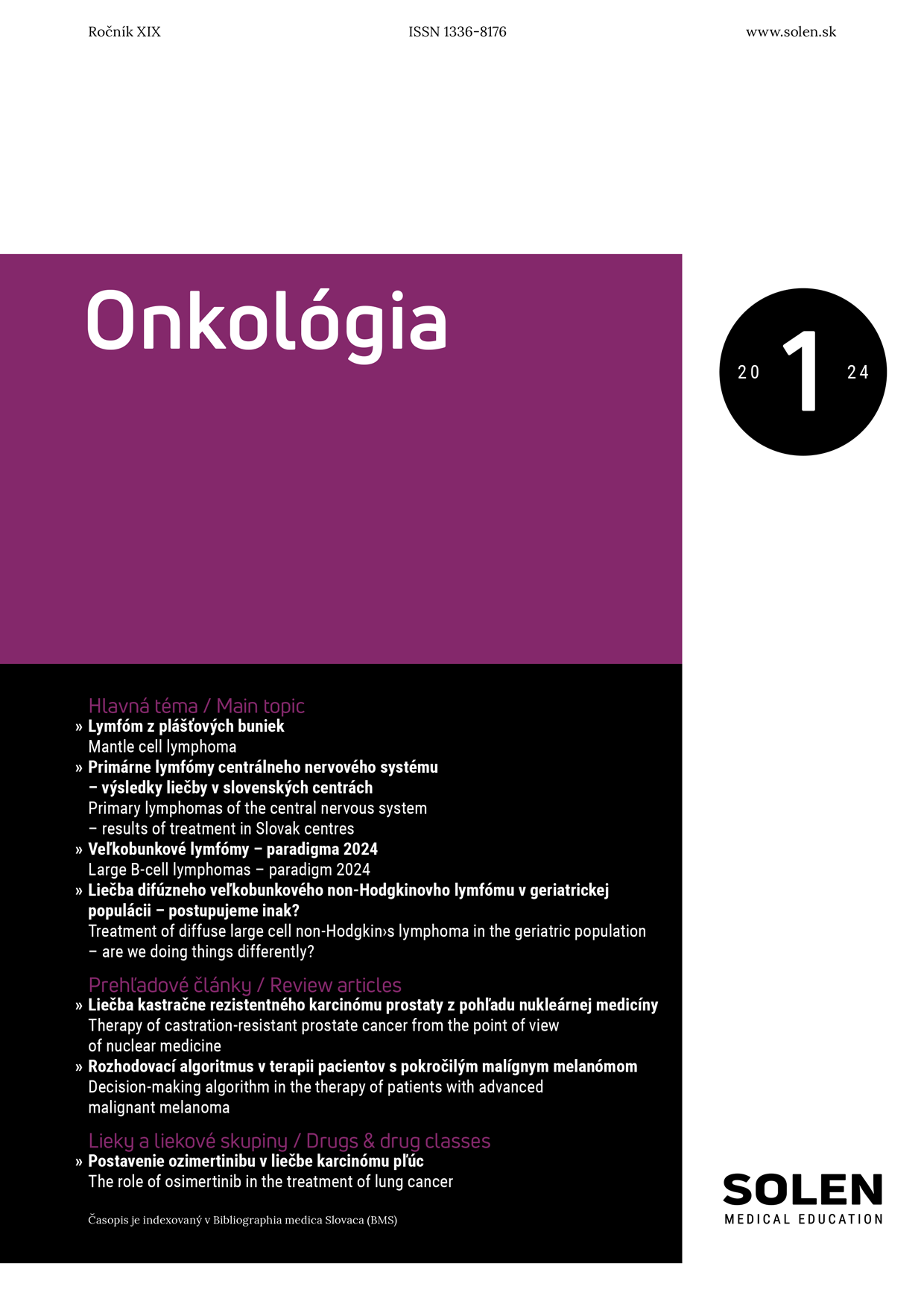
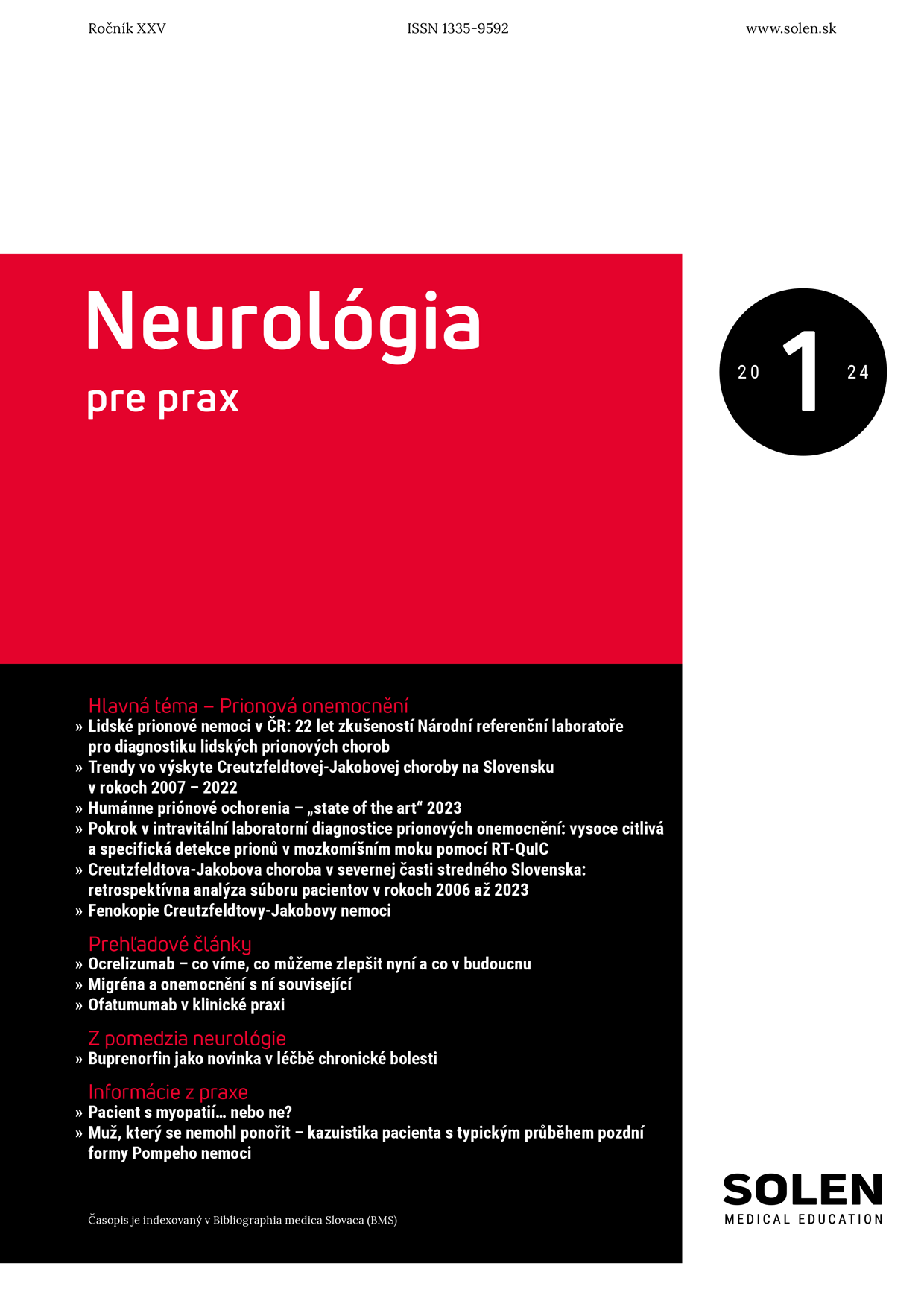
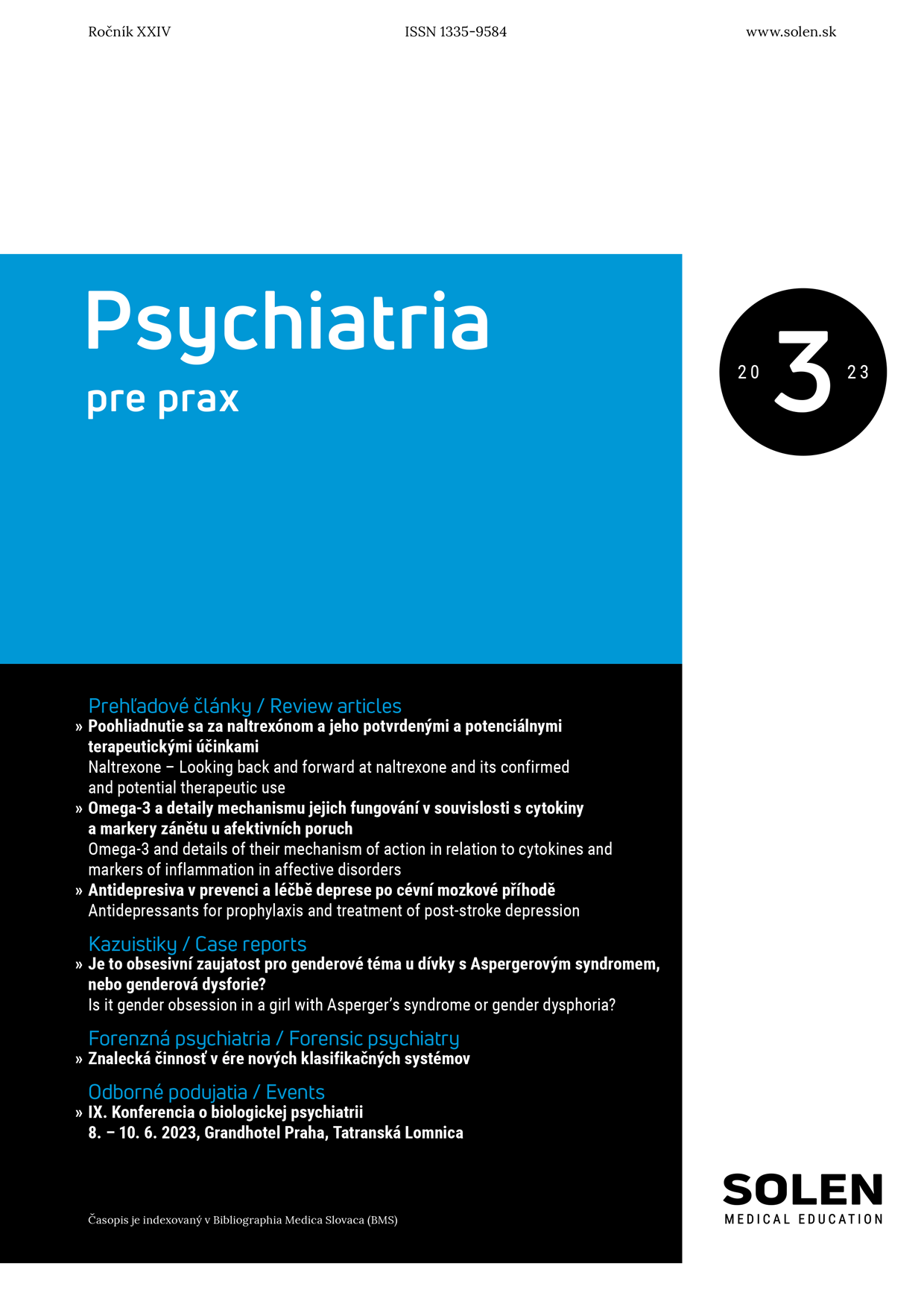
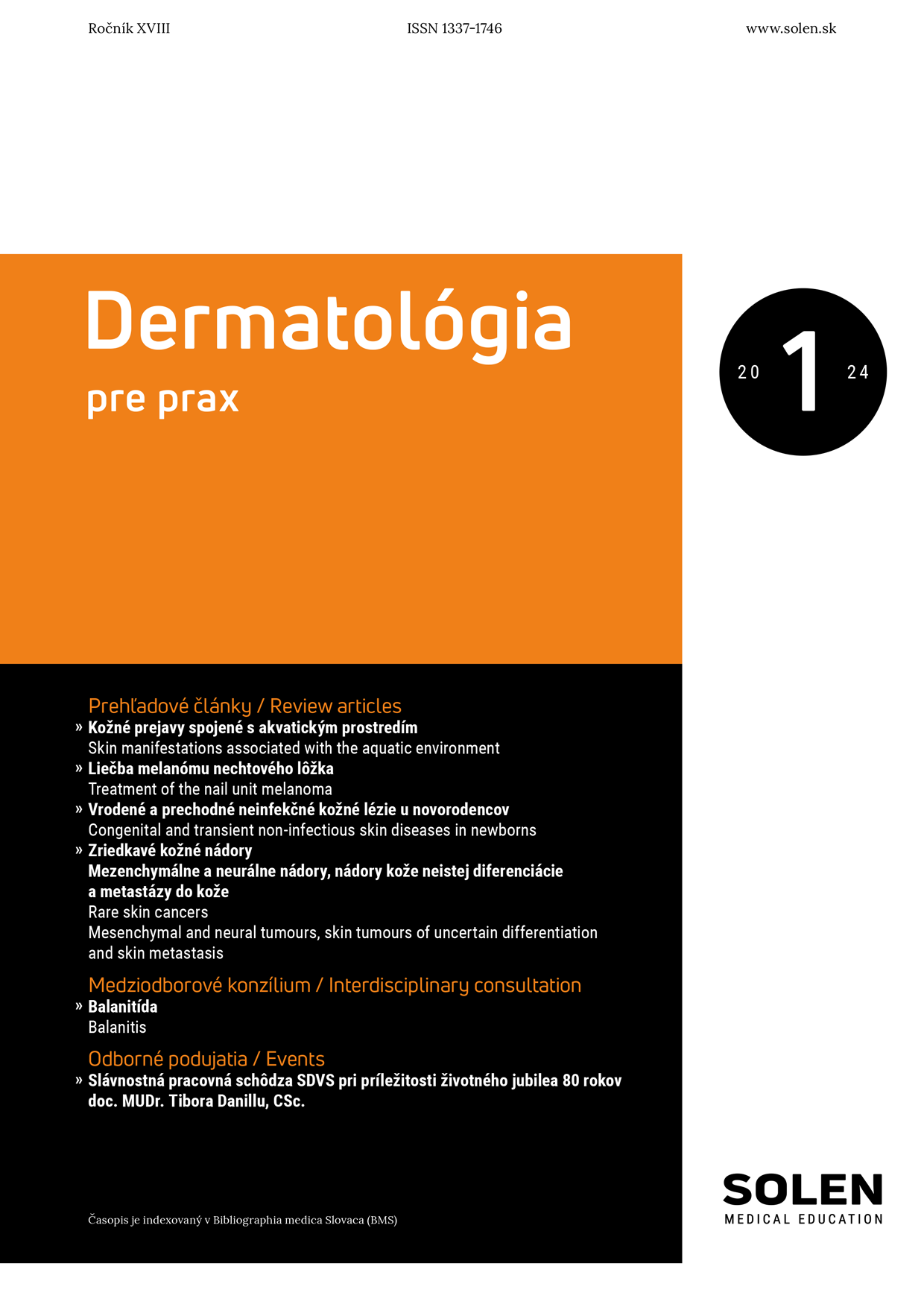
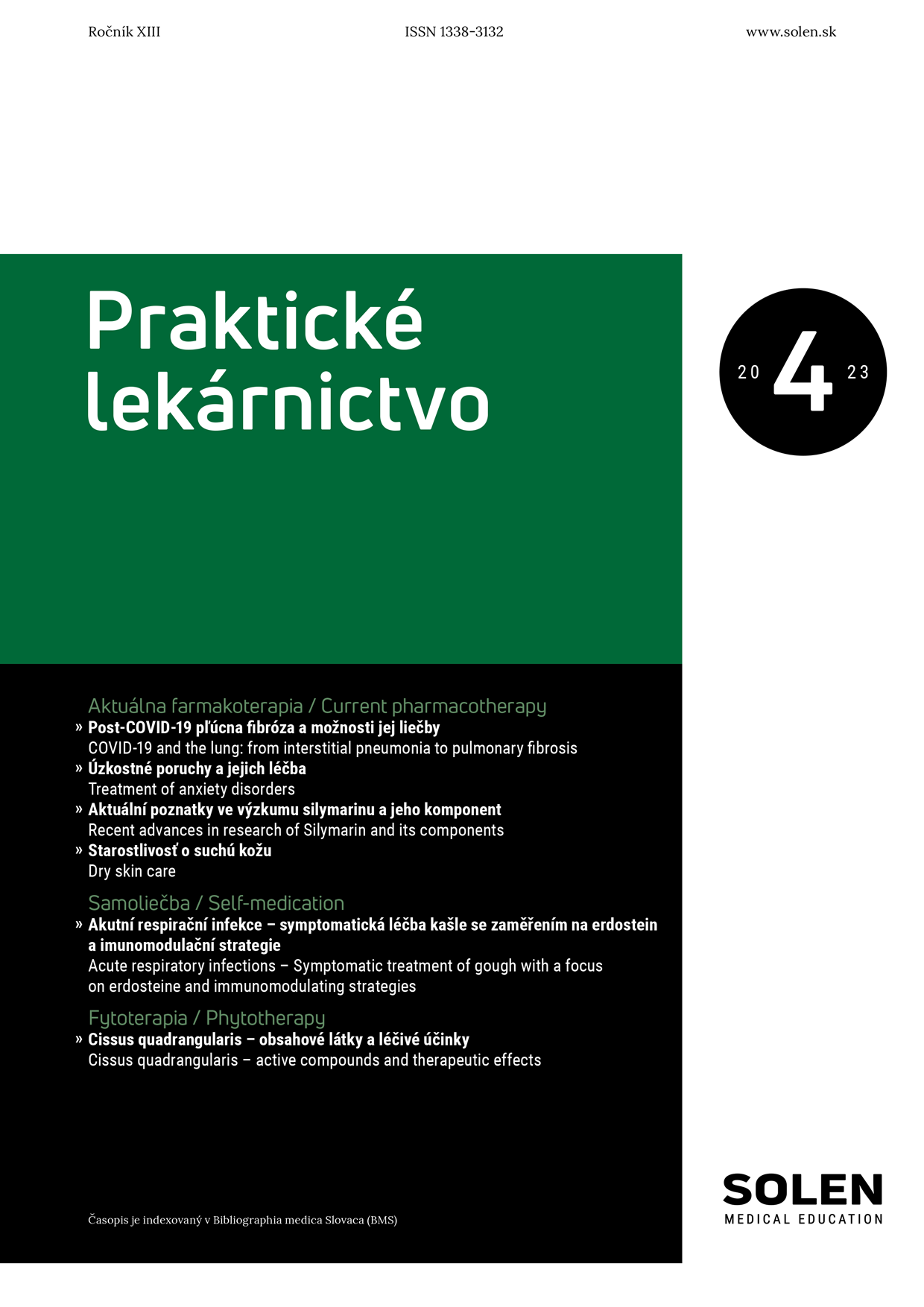
-1.png)
